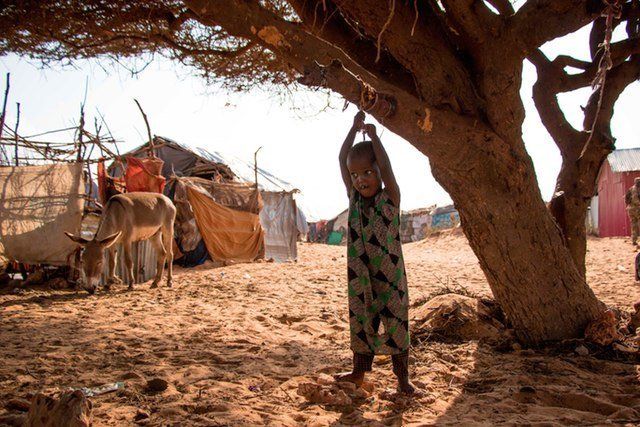Somali refugees who lived for decades in Kenya’s Dadaab camp are returning to Somalia via a repatriation program, only to find a fragile peace and shortage of supplies. New arrivals in Kismayo tell Ashley Hamer they feel let down and afraid.
KISMAYO, SOMALIA – On the outskirts of this commercial port town in Somalia’s southernmost, border state of Jubaland, makeshift displacement camps are swelling with vulnerable families.
They are part of a wave of Somali refugees returning from neighboring Kenya under a U.N.-facilitated voluntary repatriation program, which many aid agencies say does not give refugees a genuine choice.
Many returnees are dismayed by what they find upon return to Somalia. Outside Kismayo, some 16,000 newly arrived refugees are currently camped in overcrowded and unsanitary conditions in meager shelters that they built themselves, with little access to medical care and no schools.
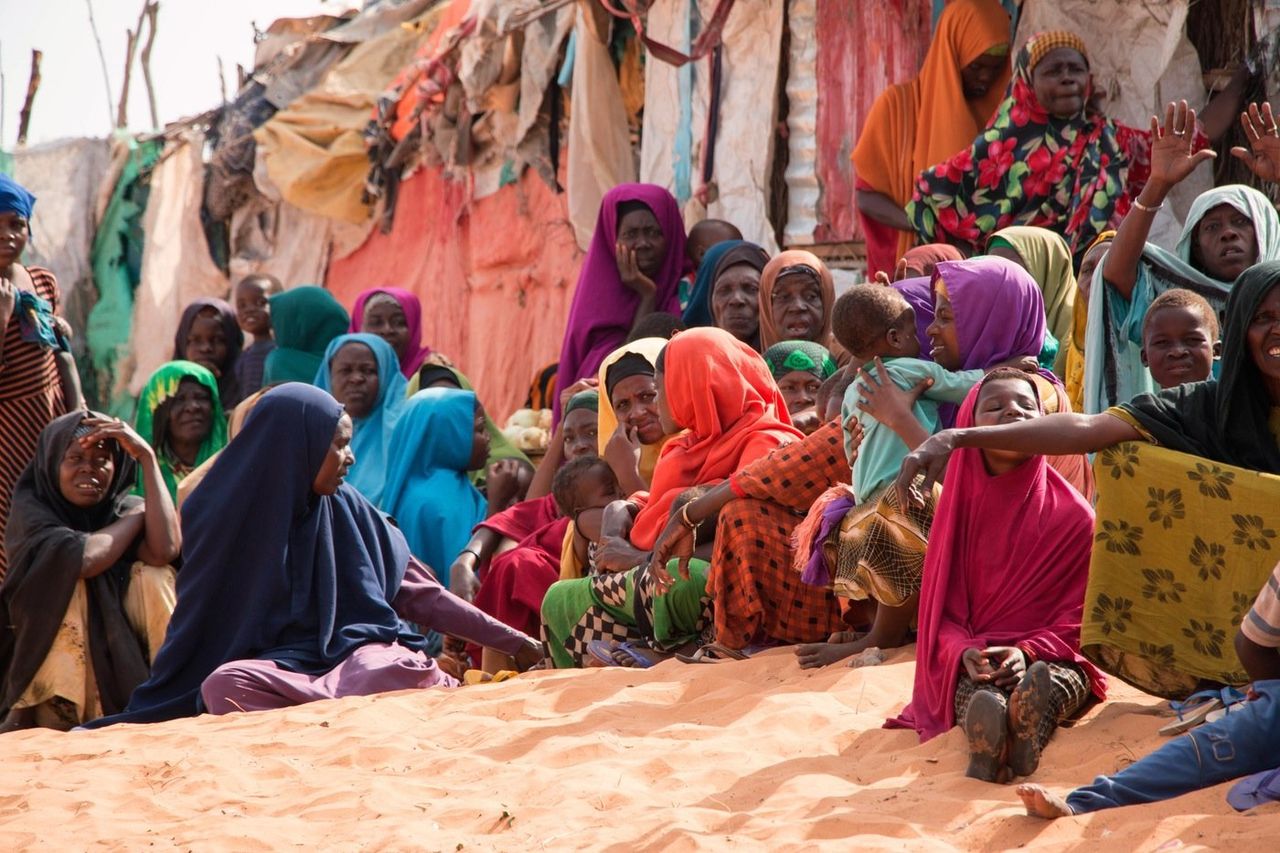
In 2013, the Kenyan government, United Nations refugee agency (UNHCR) and the Somali federal government reached a collaborative agreement on “voluntary repatriation.” UNHCR is tasked with transporting the refugees back to Somalia; most by truck, some by air.
Between December 2014 and the end of September 2016, 30,731 Somali refugees from Dadaab went through the repatriation process. Most of them – 24,630 refugees – returned to Somalia in 2016, amid mounting pressure from the Kenyan government.
Kenya announced in May it would permanently close Dadaab refugee camp – home to more than 320,000 Somalis spanning several generations – and send all Somali refugees home by the end of 2016. Health care services in the camp had already been reduced since 2014, and food rations cut by a third.
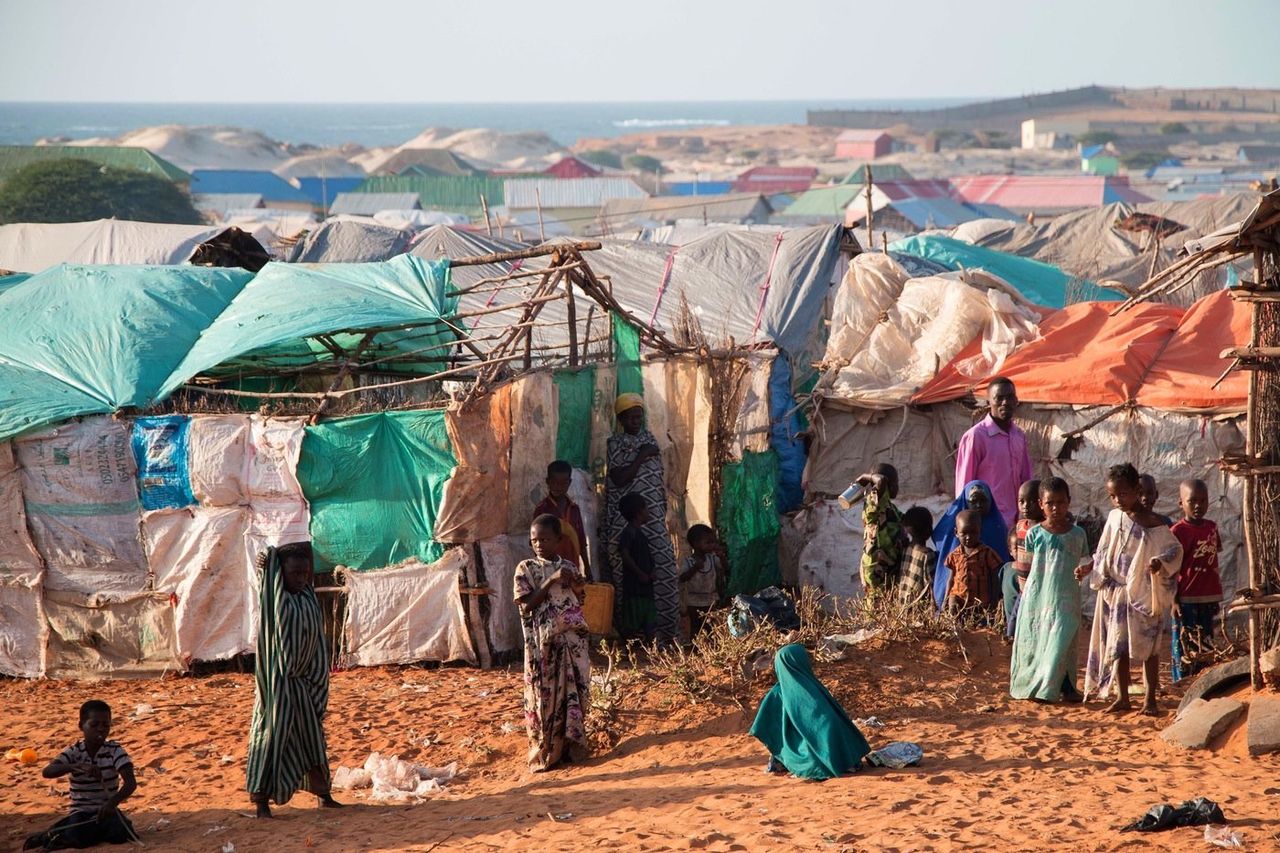
Some returnees who arrived in Kismayo this year said they chose repatriation because they could no longer feed their families in Dadaab. Others said they feared being forced to leave Kenya without any support at all if they didn’t; the UNHCR’s repatriation package provides cash allowances of around $2,400 per family of six over a period of six months after their arrival. It is unclear if and what type of support will be available after this period.
Some refugees left spontaneously with the sanctioned waves of returnees and did not register their departure with UNHCR, rendering them ineligible for the repatriation aid package, according to staff at the Kismayo reception center.
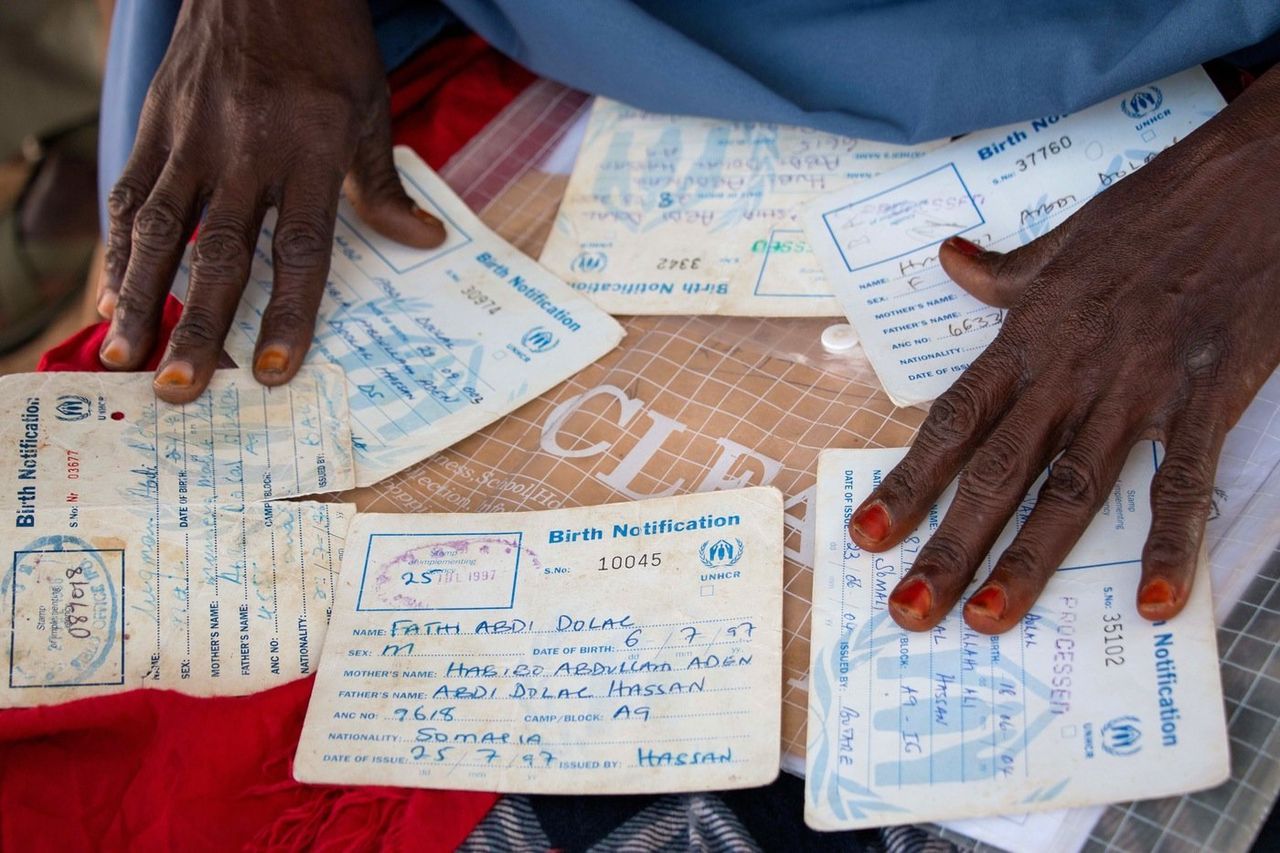
The majority of the returnees are women, children, the elderly and the disabled – “the most vulnerable sectors of society,” according to The American Refugee Committee, an aid group providing some health care and child protection in the camps.
Yet there is very limited health care for the returnees living in the camps, and medical care in Kismayo town is expensive. The camps have few decent running water sources or latrines, leaving thousands of people at risk of disease.
Families arriving in Kismayo discover a fragile town with little infrastructure that cannot provide basic food and shelter, let alone facilitate their resettlement in Somalia.
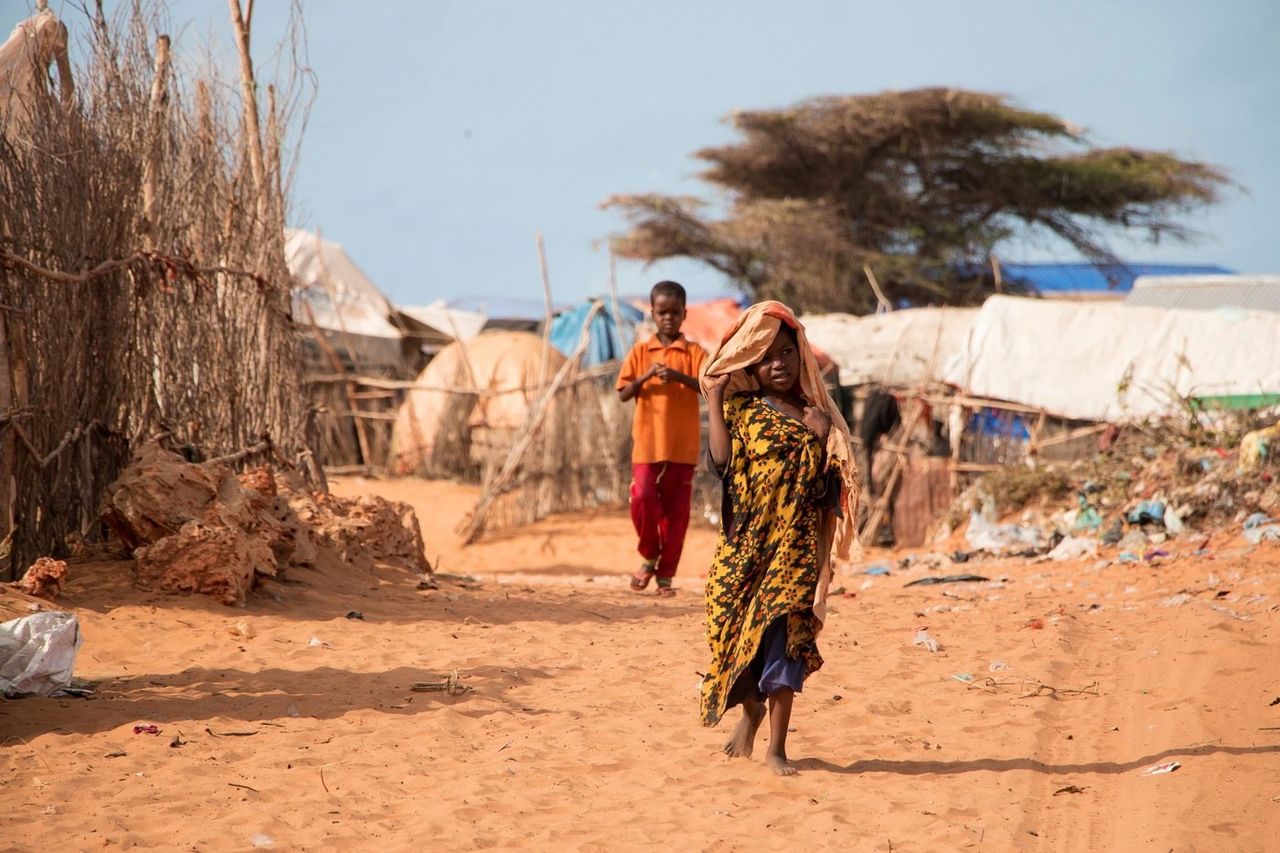
Amid such precarious circumstances, many returnees expressed great concern over how they can possibly restart their lives.
“In Somalia, there’s no water, no schools … despite the promises they made, the U.N. backtracked from them. The house you see there I built myself,” says 44-year-old Hubi Abdullahi Aden, a mother who managed to raise and educate seven children in Dadaab. She, like many others who have returned to Kismayo, fears an impending onset of violence.
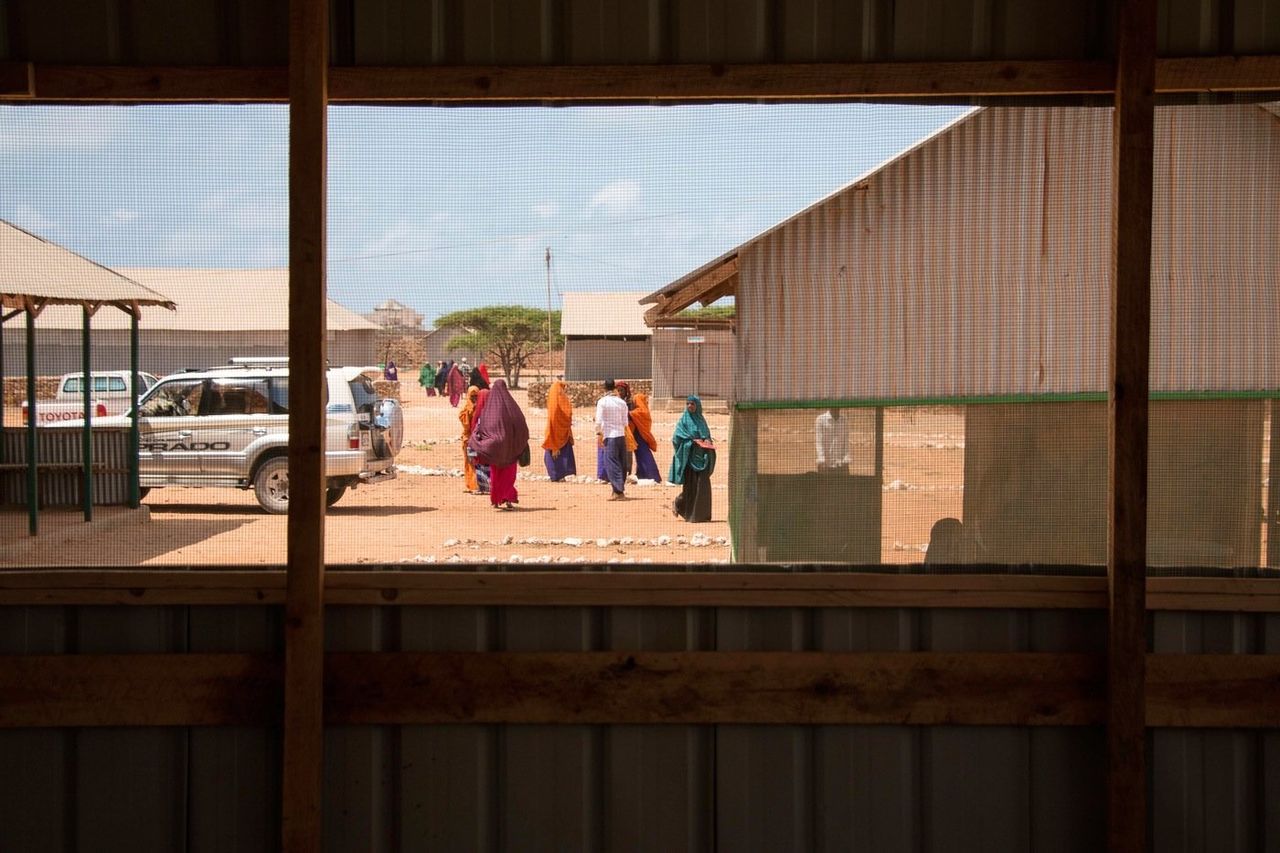
In the months before September, UNHCR and its partners were transporting up to 400 people a day across the border into Somalia. In September, Jubaland state authorities suspended the returns process, saying local services were overwhelmed, and the repatriation process amounted to the “dumping of human beings in an undignified way.”
Local Jubaland authorities say the camps outside Kismayo are spontaneous settlements, and the returnees are essentially “squatting” on land that was not officially set aside for them.
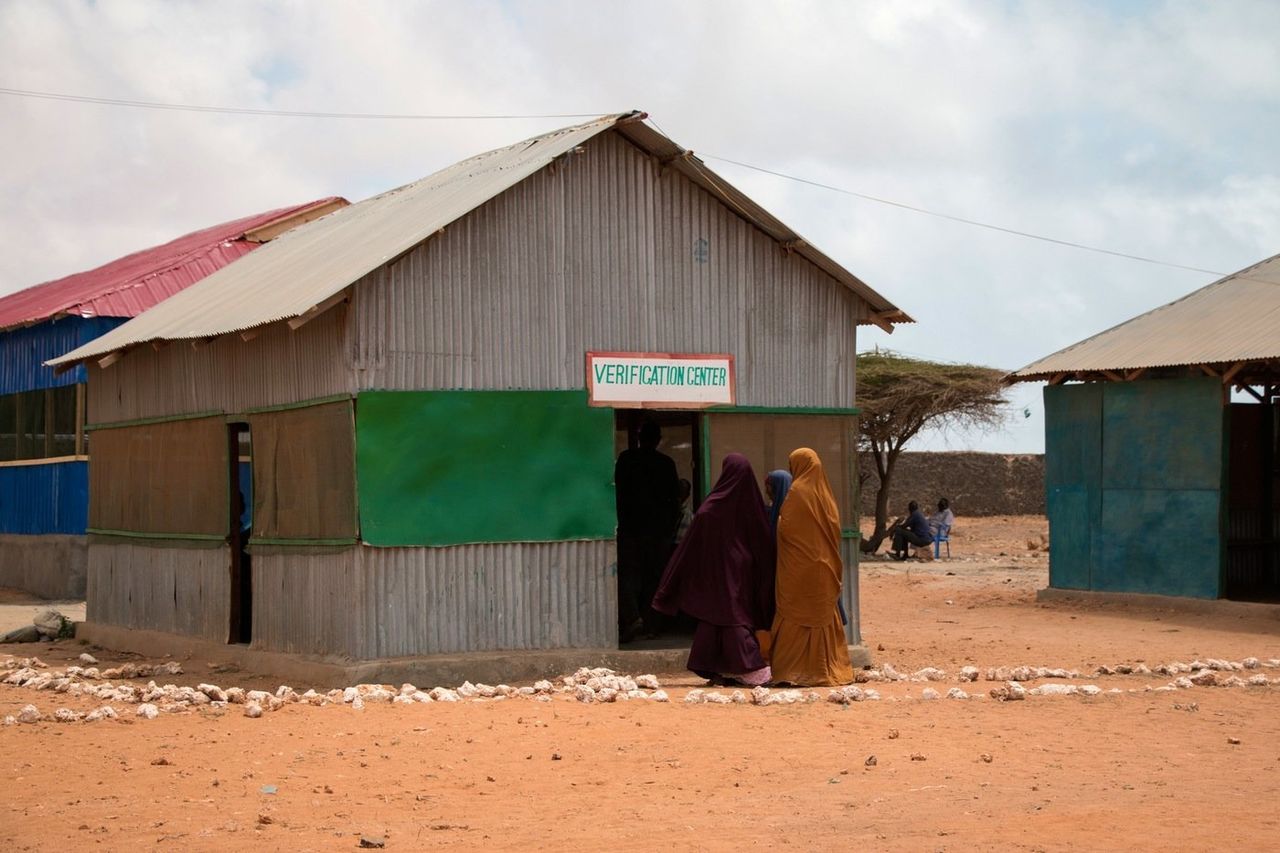
There is a large reception center in Kismayo that was built in 2014 and is equipped to accommodate up to 500 people per day. Returnees can stay at the reception centre for 48 hours after their arrival, but it is not clear how they are expected to organize their land and shelter after this time, and thousands are soon stranded in the displacement camps.
Meanwhile, the Kismayo area is already sheltering some 40,000 people displaced internally by conflict, and the services available are barely adequate to support a vulnerable host population.
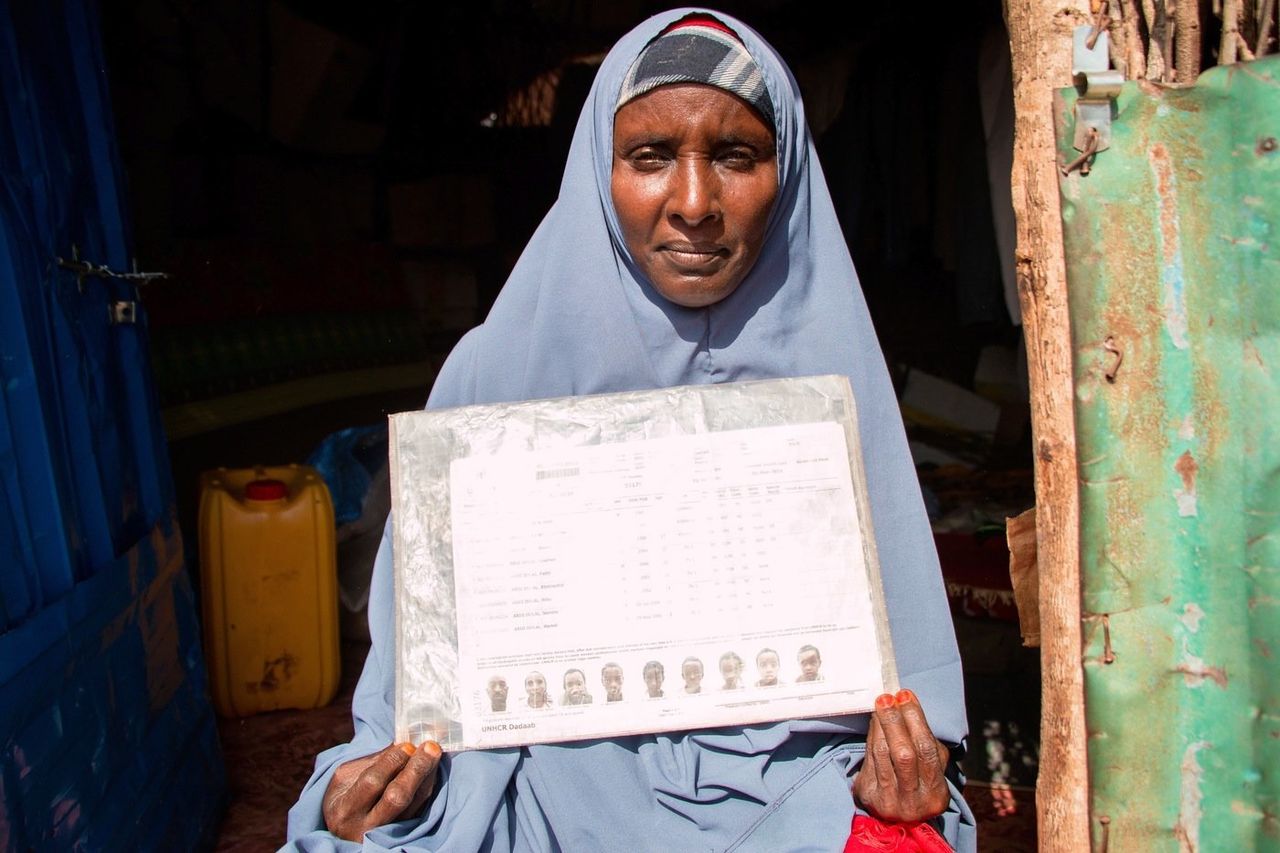
Further, despite some significant gains in stability, Somalia is essentially a war zone. Fighting is ongoing between al-Shabab militants and the Western-backed African Union and Somali national forces.
Kismayo was only liberated from al-Shabab in 2012. A fragile peace is maintained by local security forces, but outside the town’s premises, much of Jubaland state remains an inaccessible battleground with dangers of violence spilling over to other parts of the country.
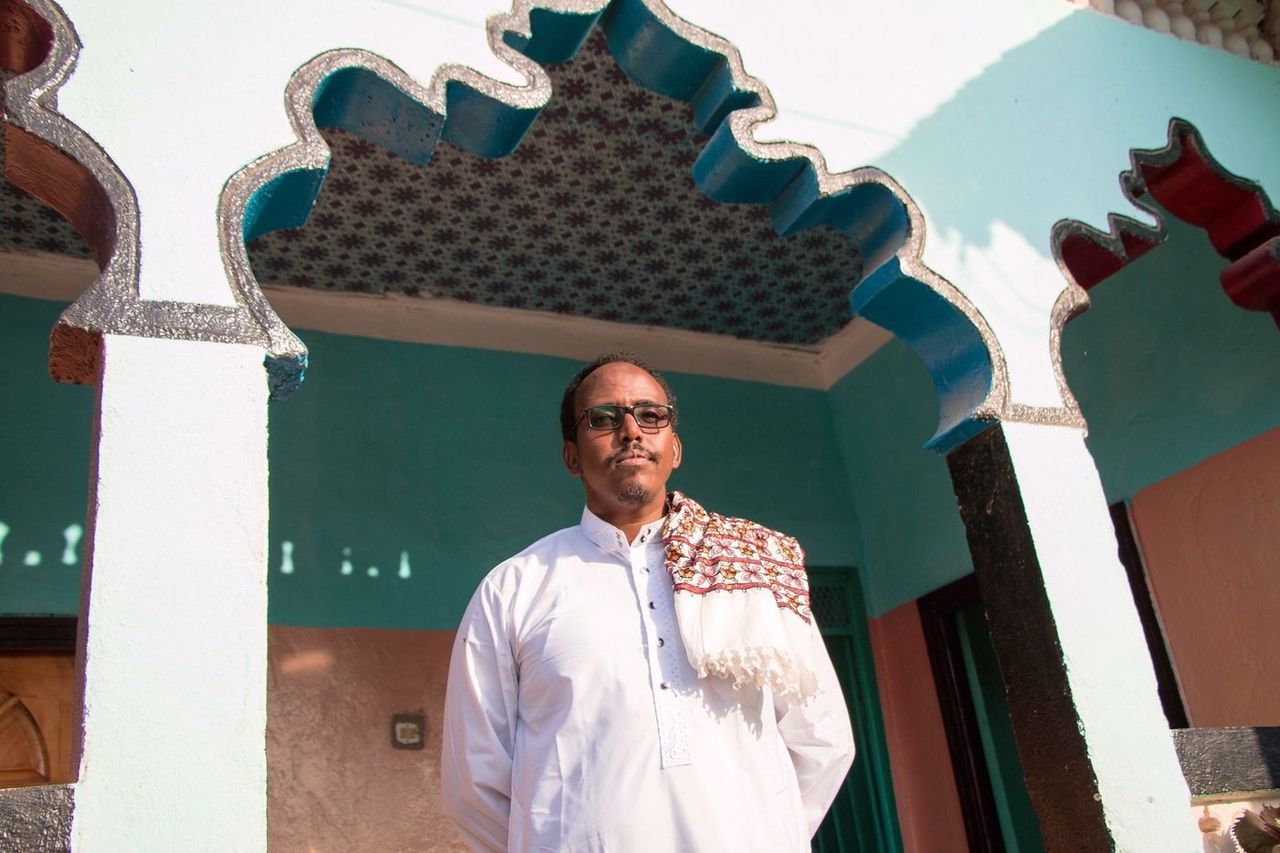
Contrary to the terms they accepted when signing the repatriation agreement, the federal government of Somalia cannot always access semi-autonomous Jubaland to support and resettle the returnees due to instability, says Jubaland State’s justice minister Adam Ibrahim Aw Hirsi.
“On one hand we are conducting national elections, on another we are fighting al- Shabab and [on] a third hand we are dealing with returning refugees and the IDPs [internally displaced people] that were already here, and our own communities,” Hirsi says. “We don’t have the financial and human capacity to deal with all of this.”
Meanwhile, a central condition of the repatriation package is that the returnees give up their refugee status in Kenya. If violence worsens in Somalia, they will be left with few options.
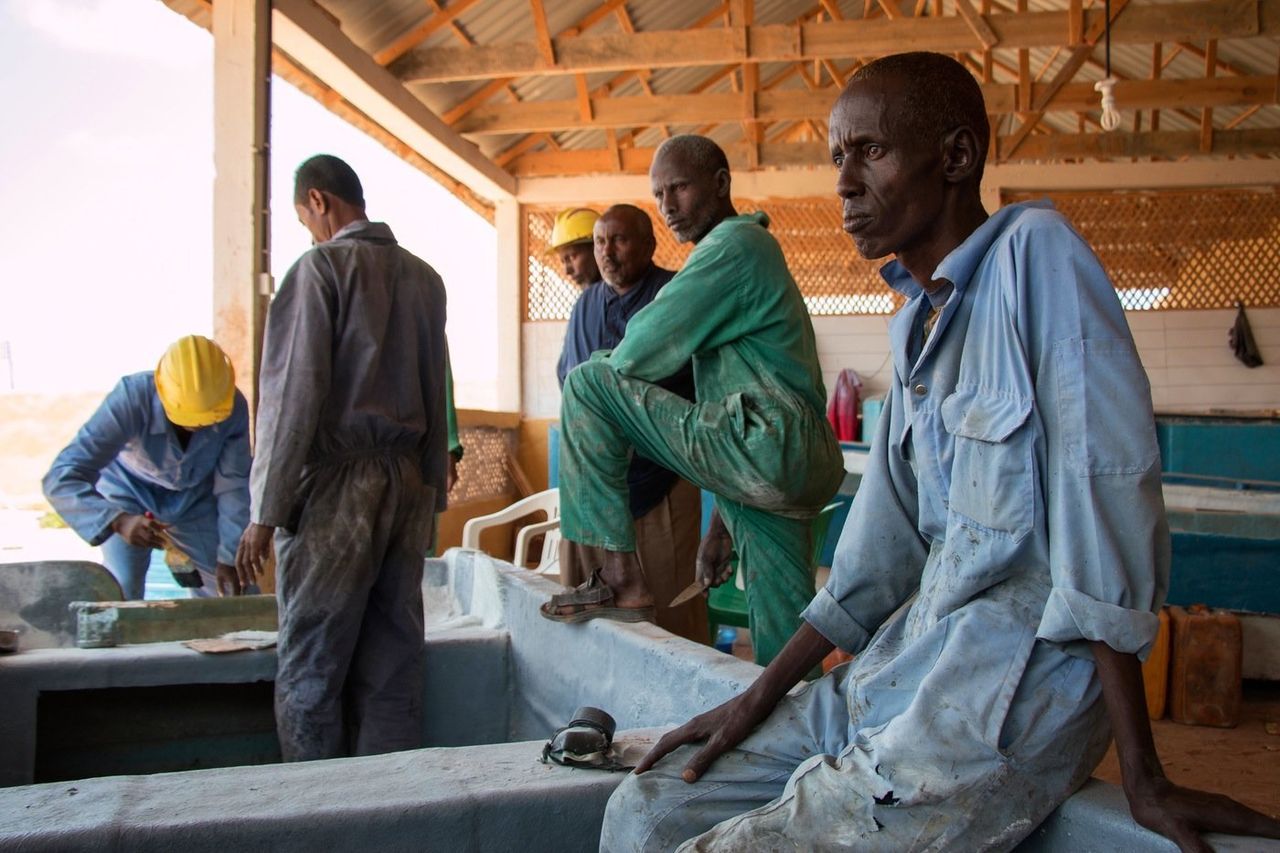
This article originally appeared on Refugees Deeply. For weekly updates and analysis about refugee issues, you can sign up to the Refugees Deeply email list.
